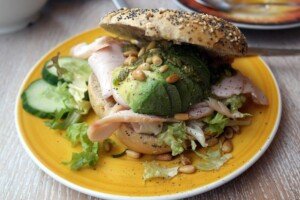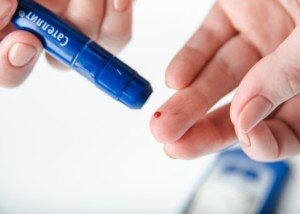
With all the advice out there on what to eat after strength training, what should diabetics eat?
“Post-workout refueling wouldn’t be much different from someone who doesn’t have diabetes,” says Alison Massey, MS, RD, LDN, registered dietitian and certified diabetes educator with over 10 years of experience in various community and clinical settings.
That’s very interesting, because there’s a lot of disagreement among fitness experts, nutritionists, dieticians, competitive physique athletes, exercise physiologists and medical doctors about just what a person should eat following a session of strength training.
Certainly, the intensity (or lack thereof) of a strength training session would factor into just what you should eat afterwards.
For instance, a meal following 90 minutes of brutal weightlifting would need to be bigger than the meal that’s required to subsidize a 45 minute, medium-force workout.
Massey advises diabetics to monitor their glucose during a strength training session and after.
A low reading mid-workout, for example, will necessitate consumption of a quick-acting carbohydrate like juice or candy.
Carbohydrates should be eaten soon after strength training, whether you’re diabetic or not.
With the carbohydrates should be a clean source of protein (e.g., tuna salad or whole chicken, not deli meat).

The carb source should be healthy, too (whole potato, brown rice, quinoa, and if you must have bread, make it whole grain—and the fewer the ingredients, the better).
The muscle building community recommends 20-35 grams of protein following strength training, but again, this is controversial and depends on multiple variables such as the individual’s goals, intensity and how much muscle they want to gain (or maintain).
Massey says that low fat milk can be part of a post-workout meal for diabetics. In fact, studies support milk as a good post-workout beverage.
Though milk is low in carbs, it’s “insulinogenic,” meaning, it promotes the process of insulin shuttling blood sugar (from eaten carbs) to insulin receptor sites on muscle cells.


























